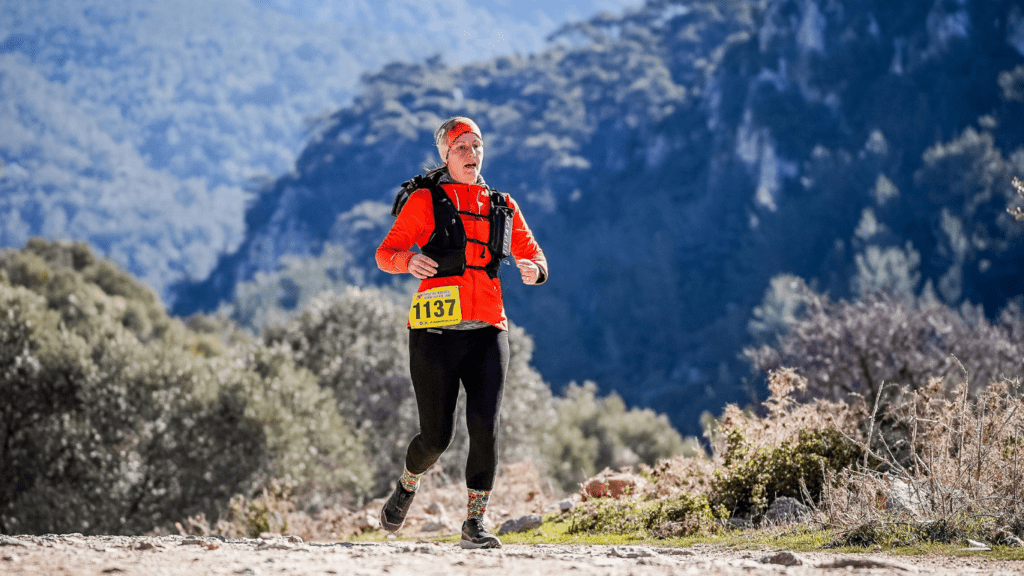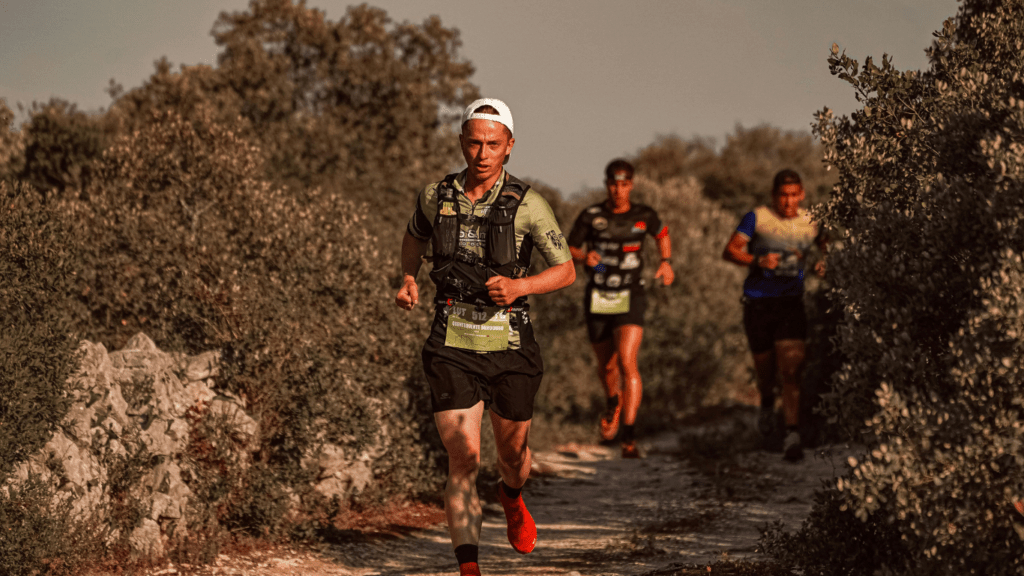Navigating diverse terrains like hills, trails, and mixed surfaces can be both exhilarating and challenging. Each step tests your balance, strength, and focus, demanding more than just physical endurance. I’ve learned that mastering these environments isn’t just about powering through—it’s about understanding the unique demands of the terrain and adapting your technique accordingly.
Understanding Terrain Challenges
Adapting to diverse terrains requires a solid grasp of the unique demands posed by each landscape. Hills, trails, and mixed surfaces present distinct challenges that test both skill and strategy.
The Importance Of Terrain Adaptation
Terrain adaptation enhances efficiency, minimizes injury risks, and fosters better performance. Each surface demands tailored techniques, such as controlled pacing on hills or quick reflexes on uneven trails. Understanding how the body reacts to different terrains ensures smoother transitions and safer navigation.
For example, steep hill climbs engage the calves and hamstrings more intensely, requiring shorter strides. Trails often introduce unpredictable elements like loose rocks or roots, necessitating heightened focus and balance. Mixed surfaces demand quick adjustments, as sudden changes from asphalt to gravel can impact stability. Mastery of these adaptations is critical for sustained control and confidence.
Common Obstacles On Hills, Trails, And Mixed Surfaces
Hills introduce steep gradients and force physical exertion while descending creates joint stress, especially in the knees. Wind resistance on open slopes further complicates movement. Slippery or uneven dirt also poses slipping risks during ascents or descents.
Trails often include obstacles like:
- tree roots
- loose rocks
- narrow paths
which challenge stability and footing. Environmental factors like mud or wet leaves increase slipping probabilities. Trails may also bring sudden elevation changes or blind curves that demand rapid reaction.
Mixed surfaces, like transitions between pavement and dirt or gravel and grass, cause changes in traction and impact absorption. These shifts strain ankles and knees if adjustments are delayed. Debris on such surfaces can result in unexpected slips or trips. Recognizing these potential hurdles facilitates better preparation and dynamic adaptability.
Skill Techniques For Hills

Adapting to hills involves a combination of strength, technique, and awareness. Each incline or descent brings unique challenges that require specific skill adaptations to maintain efficiency and safety.
1. Navigating Steep Ascents
Climbing steep hills demands consistent pacing and proper form. I focus on shortening my stride to conserve energy and avoid overexertion. Leaning slightly forward without hunching keeps my center of gravity aligned, while driving my knees upward engages my hamstrings and glutes. Controlled breathing patterns stabilize my oxygen intake, ensuring sustainability on prolonged inclines. For uneven hill surfaces, I use my arms to maintain rhythm and balance.
2. Controlling Speed On Descents
Managing downhill speed calls for active control to prevent strain. I land lightly on the midfoot instead of the heel, reducing joint impact and enhancing stability. Keeping a slight bend in my knees acts as a shock absorber while engaging my core supports balance. To avoid excessive acceleration, I lean slightly back and adjust my cadence rather than relying solely on braking forces. On loose surfaces, I lower my center of gravity to maintain traction and minimize slips.
3. Building Strength For Uphill Terrain
Strengthening key muscle groups improves uphill performance. I rely on exercises like lunges, squats, and step-ups to build power in my legs and glutes. Hill sprints develop fast-twitch muscle fibers, enhancing explosive force for steeper gradients. Core workouts like planks and Russian twists improve stability, crucial for pushing uphill with confidence. Incorporating resistance bands into workouts adds variability for mimicking the uneven pressure demands of hill terrains.
Mastering Trail Navigation
Navigating trails effectively requires sharp observational skills, adaptive techniques, and an ability to anticipate obstacles. These elements ensure efficiency and safety across unpredictable terrain types.
Reading The Path Ahead
Scanning the trail ahead allows for better preparation and quick decision-making. I focus on spotting potential hazards like loose rocks, roots, or uneven ground while maintaining steady forward movement. Identifying changes in the trail’s gradient or surface ensures timely adjustments in pace and foot placement. For long stretches, I divide the path visually into manageable sections to sustain focus and reduce mental fatigue.
Staying Balanced On Uneven Surfaces
Maintaining balance on uneven landscapes demands activating stabilizing muscles and consistent weight distribution. I engage my core and keep my knees slightly bent to adapt to sudden shifts in surface texture. Shorter strides prevent overextension, which minimizes the risk of slipping. When navigating rocky areas, I step on flat, stable surfaces, avoiding edges or loose debris.
Techniques For Tight Turns And Switchbacks
Executing tight turns and switchbacks on narrow trails involves precision and control. I approach each turn with reduced speed, ensuring optimal footing before pivoting. Leaning slightly into the curve maintains balance without overloading the outer leg. For downhill switchbacks, I shift my weight slightly forward to maintain stability while using controlled braking to regulate descent.



 Lead Training Analyst
Lead Training Analyst
